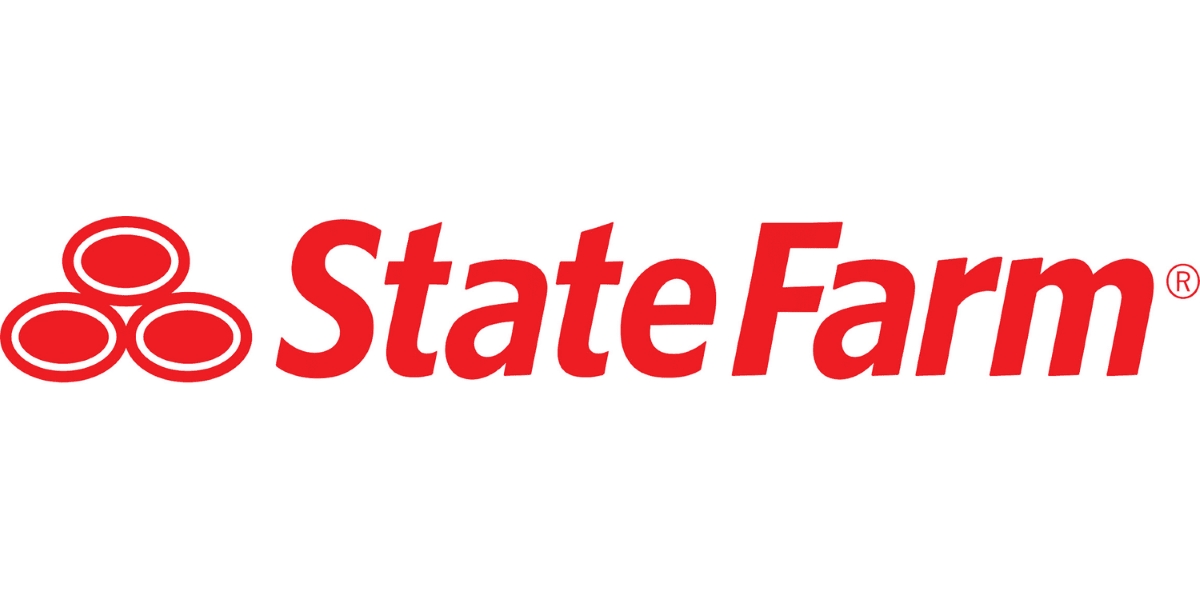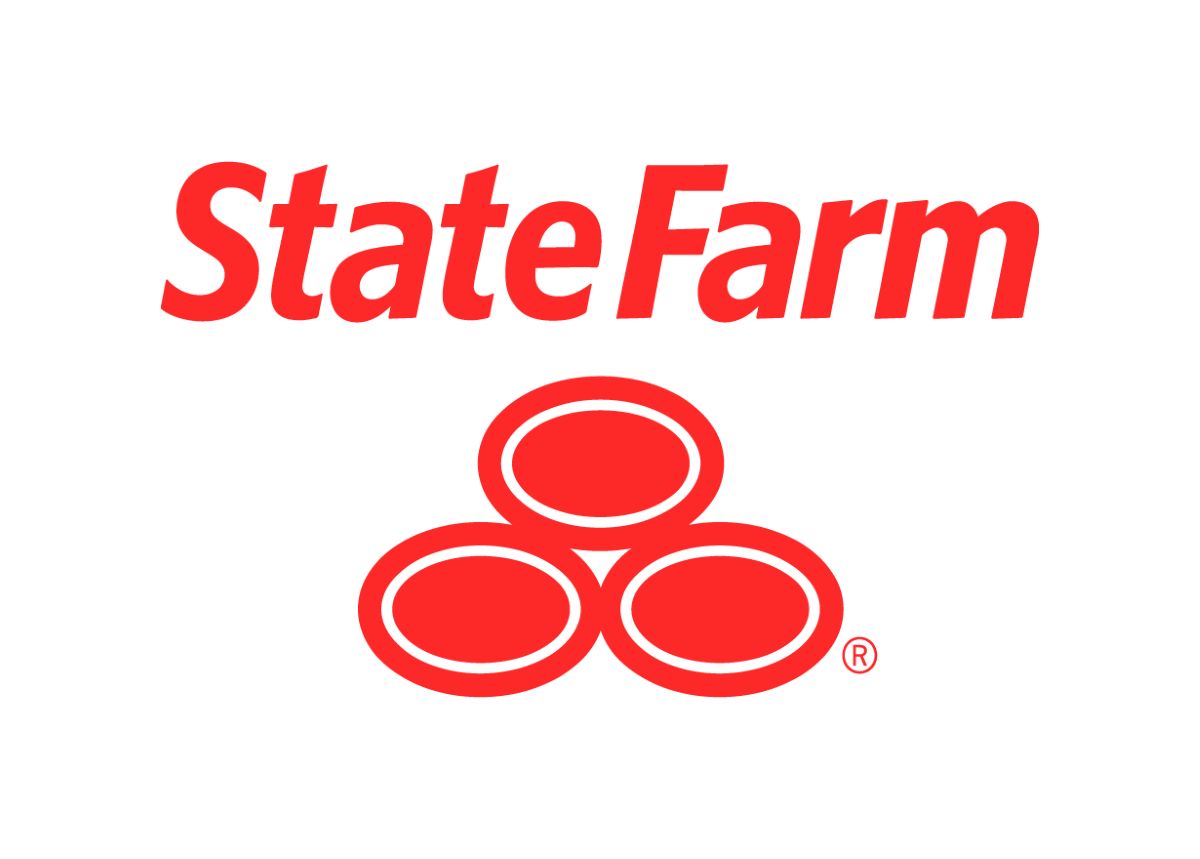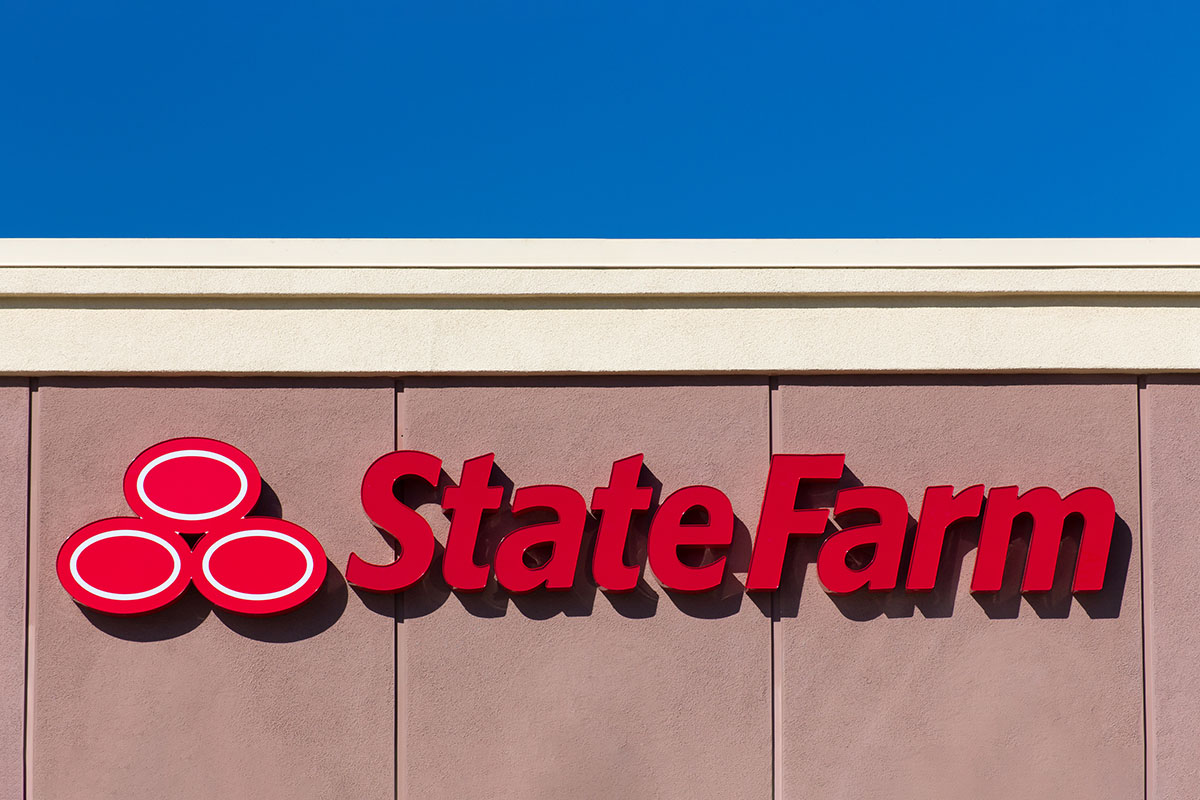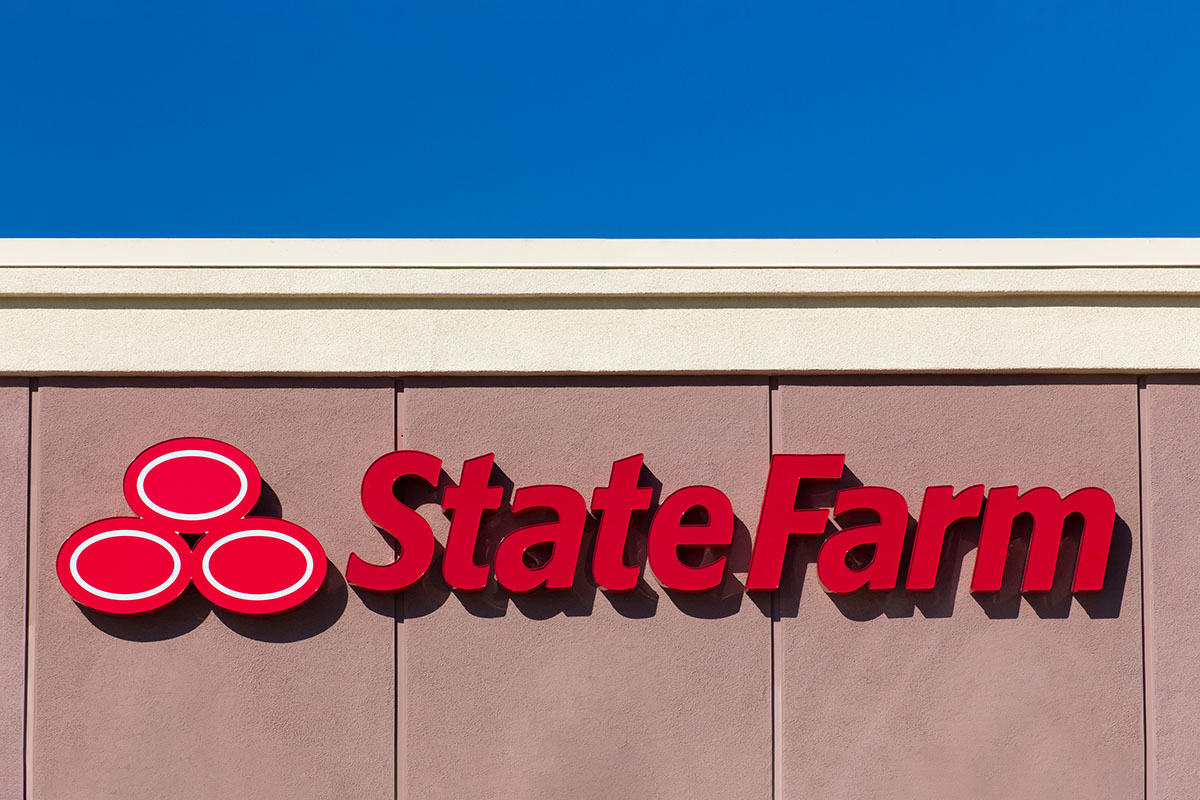Home>Finance>What Is The Grace Period For State Farm Insurance Payments?
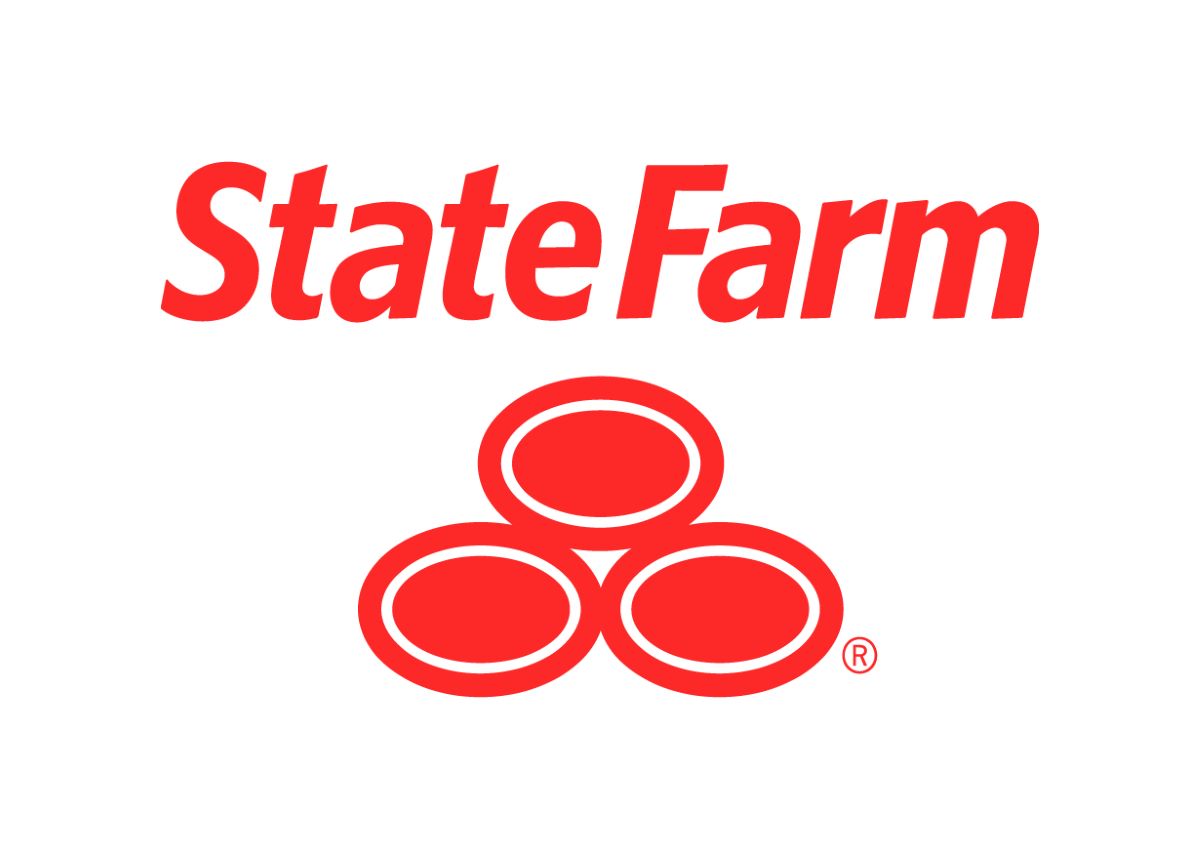

Finance
What Is The Grace Period For State Farm Insurance Payments?
Published: February 21, 2024
Learn about the grace period for State Farm insurance payments and how it impacts your finances. Understand the implications and avoid financial penalties.
(Many of the links in this article redirect to a specific reviewed product. Your purchase of these products through affiliate links helps to generate commission for LiveWell, at no extra cost. Learn more)
Table of Contents
Introduction
State Farm Insurance is a well-known and trusted provider of insurance products, offering a wide range of coverage options to meet the diverse needs of its policyholders. From auto and home insurance to life and health insurance, State Farm is dedicated to protecting individuals and families from the unexpected. As a policyholder, it’s crucial to understand the various aspects of your insurance coverage, including the payment process and the grace period associated with late payments.
Managing insurance payments can sometimes be challenging, especially when unexpected financial constraints arise. Understanding the grace period for State Farm insurance payments is essential for policyholders to avoid potential consequences of late payments, such as policy cancellation or a negative impact on credit scores. In this article, we will delve into the specifics of State Farm insurance payments, the grace period provided for late payments, the consequences of missing payment deadlines, and practical tips to avoid late payments altogether.
By gaining a comprehensive understanding of State Farm’s payment policies and grace period provisions, policyholders can proactively manage their insurance payments and maintain continuous coverage without undue stress or financial strain.
Understanding State Farm Insurance Payments
State Farm Insurance offers a variety of insurance products, including auto, home, life, and health insurance. When policyholders sign up for coverage, they agree to make regular premium payments to maintain their insurance policies. Understanding the payment process is crucial for policyholders to ensure continuous coverage and financial security.
Policyholders can choose from multiple payment options, including online payments through the State Farm website, automatic bank withdrawals, payments by mail, phone payments, or in-person payments at State Farm offices or authorized agent locations. These flexible payment methods are designed to accommodate the diverse preferences and needs of policyholders, allowing them to select the most convenient payment option for their individual circumstances.
It’s important for policyholders to be aware of their premium due dates and the total amount due for each payment period. State Farm typically provides policyholders with detailed billing statements that outline the premium amount, due date, and payment options. By carefully reviewing these statements and staying informed about their payment obligations, policyholders can effectively manage their insurance payments and avoid potential issues associated with late payments.
State Farm also offers the convenience of setting up automatic payments, allowing policyholders to schedule recurring payments from their bank accounts. This automated approach can help prevent missed payments and ensure that policyholders maintain continuous coverage without the need for manual intervention each month.
By understanding the various payment options, due dates, and billing statements provided by State Farm, policyholders can navigate the insurance payment process with confidence and ease, contributing to a seamless and stress-free experience in managing their insurance coverage.
Grace Period for State Farm Insurance Payments
State Farm Insurance recognizes that unforeseen circumstances or financial challenges may occasionally impact a policyholder’s ability to make timely premium payments. To provide a measure of flexibility, State Farm offers a grace period for late insurance payments. The grace period allows policyholders additional time beyond the due date to submit their premium payments without facing immediate consequences, such as policy cancellation.
The specific length of the grace period can vary based on the type of insurance coverage and the regulations applicable in the policyholder’s state of residence. In general, the grace period for State Farm insurance payments typically ranges from one to thirty days. During this grace period, policyholders have the opportunity to submit their overdue payments and reinstate their policies without experiencing a lapse in coverage.
It’s important for policyholders to be aware of the duration of the grace period associated with their insurance policies. This information can typically be found in the insurance policy documents or by contacting State Farm’s customer service representatives for clarification. Understanding the grace period allows policyholders to make informed decisions regarding the timing of their premium payments and provides a buffer to address unexpected financial challenges without risking a loss of insurance coverage.
While the grace period offers a degree of leniency for late payments, it’s essential for policyholders to exercise caution and avoid habitual reliance on this extension. Consistently missing payment deadlines and relying on the grace period can lead to potential disruptions in coverage and may impact the policyholder’s overall financial stability.
By understanding and respecting the grace period for State Farm insurance payments, policyholders can navigate temporary financial difficulties while maintaining their insurance coverage and safeguarding their assets and well-being.
Consequences of Late Payments
While State Farm Insurance provides a grace period for late premium payments, there are potential consequences that policyholders should be mindful of when payments are not made within the specified timeframe. Understanding these repercussions is crucial for maintaining continuous coverage and safeguarding one’s financial security.
One of the primary consequences of late insurance payments is the risk of policy cancellation. If a policyholder fails to submit the overdue premium within the grace period, the insurance coverage may be terminated. This can leave the policyholder vulnerable to financial losses in the event of unforeseen incidents, such as accidents, property damage, or other covered events. Additionally, a lapse in insurance coverage may lead to challenges in securing new coverage, as gaps in coverage history can impact future insurance applications and premium rates.
Another potential consequence of late payments is the accrual of late fees or penalties. While State Farm’s grace period provides a window of opportunity for late payments, policyholders may still incur additional charges for overdue premiums. These fees can contribute to financial strain and should be avoided whenever possible.
Furthermore, consistent late payments or policy cancellations resulting from overdue premiums can have a negative impact on the policyholder’s credit history. Late or missed payments may be reported to credit bureaus, potentially lowering the policyholder’s credit score and affecting their overall financial standing. This can have far-reaching implications beyond insurance-related matters, impacting the individual’s ability to secure favorable loan terms, obtain housing, or even pursue certain employment opportunities.
By understanding the potential consequences of late insurance payments, policyholders can take proactive measures to prioritize timely payments and avoid the detrimental effects of policy cancellations, late fees, and credit score implications. Maintaining continuous insurance coverage through timely payments is essential for financial stability and peace of mind.
How to Avoid Late Payments
Avoiding late payments is essential for maintaining continuous insurance coverage and preventing potential negative repercussions. Fortunately, there are several proactive strategies that policyholders can employ to ensure timely premium payments and minimize the risk of late fees, policy cancellations, and credit score impacts.
First and foremost, policyholders can take advantage of State Farm’s convenient payment options, such as setting up automatic payments. By enrolling in automatic payment plans, policyholders can authorize State Farm to automatically withdraw the premium amount from their designated bank accounts on the specified due dates. This automated approach eliminates the risk of forgetting payment deadlines and ensures that premiums are consistently paid on time, reducing the likelihood of late fees or policy interruptions.
Another effective strategy to avoid late payments is to maintain a calendar or reminder system to track premium due dates. Whether utilizing digital calendar apps, setting recurring reminders on smartphones, or maintaining a physical calendar, policyholders can proactively stay informed about impending payment deadlines and take necessary actions to submit payments in a timely manner.
Regularly reviewing billing statements and policy documents is also crucial for staying informed about premium amounts, due dates, and any changes in payment schedules. By carefully examining these documents, policyholders can identify any discrepancies or issues related to their insurance payments and address them promptly, minimizing the risk of missed payments and associated consequences.
Additionally, cultivating healthy financial habits, such as budgeting and managing cash flow effectively, can contribute to a proactive approach in meeting insurance payment obligations. By prioritizing insurance premiums as essential expenses and planning for them within the overall financial framework, policyholders can mitigate the risk of financial strain and ensure that insurance payments are made on time.
Lastly, open communication with State Farm’s customer service representatives can provide valuable support and guidance in managing insurance payments. If policyholders encounter temporary financial challenges or unforeseen circumstances that may impact their ability to make timely payments, reaching out to State Farm proactively can help explore potential solutions and avoid potential disruptions in coverage.
By implementing these proactive strategies and maintaining a diligent approach to managing insurance payments, policyholders can minimize the risk of late payments and associated consequences, ensuring continuous coverage and peace of mind.
Conclusion
Understanding the intricacies of State Farm insurance payments and the associated grace period is essential for policyholders to navigate their insurance obligations effectively. By comprehending the payment process, grace period provisions, and potential consequences of late payments, policyholders can proactively manage their insurance coverage and maintain financial stability.
The availability of various payment options, including online, automatic, and in-person methods, offers flexibility and convenience for policyholders to fulfill their premium obligations according to their individual preferences. Furthermore, the provision of a grace period for late payments serves as a valuable safety net, allowing policyholders the opportunity to address temporary financial challenges without immediate repercussions.
However, it’s crucial for policyholders to exercise caution and avoid habitual reliance on the grace period, as consistent late payments can lead to policy cancellations, late fees, and credit score implications. By prioritizing timely payments and leveraging proactive strategies, such as automatic payments, calendar reminders, and effective financial management, policyholders can minimize the risk of late payments and maintain continuous insurance coverage.
Ultimately, maintaining continuous insurance coverage through timely payments is paramount for safeguarding one’s assets, well-being, and financial security. By staying informed, proactive, and engaged in managing insurance payments, policyholders can navigate their insurance obligations with confidence and peace of mind, ensuring that their coverage remains intact and effective in times of need.
With a comprehensive understanding of State Farm’s payment processes, grace period provisions, and proactive payment strategies, policyholders can approach their insurance obligations with clarity and assurance, contributing to a seamless and positive insurance experience.

